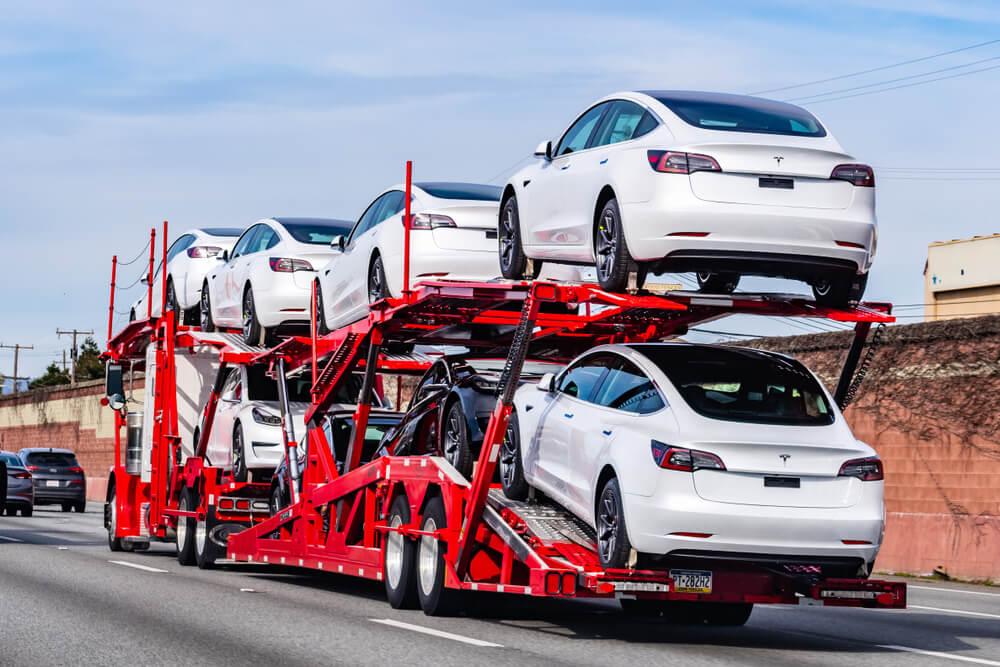
Shipping a car to Florida varies based on distance. Costs range from $400-$700 for 0-500 miles, $600-$1,000 for 500-1000 miles, $900-$1,400 for 1000-1500 miles, and $1,200-$1,800 for 1500-2000 miles.
Shipping a car, whether to Florida or elsewhere, involves several considerations. The vehicle's size, weight, and the distance it needs to travel all play a role in determining the cost. If you're considering shipping your car to Florida, it's necessary to understand these factors and how they impact the overall price.
Factors that Influence the Cost of Shipping a Car
Several factors can significantly impact the cost of shipping a car. The distance to be covered is one of the primary determinants. It stands to reason that longer distances incur higher costs due to fuel expenses, tolls, and driver's wages. Furthermore, international shipments may include additional customs duties and tax charges.

The make and model of the vehicle also play an necessary role in determining the cost. Larger cars require more space on transport trailers than smaller ones, leading to higher prices. Additionally, luxury or vintage vehicles often demand specialized handling or enclosed carriers for extra protection during transit, further escalating the price.
Another crucial factor is your chosen method of transportation – whether it’s open-air or enclosed shipping. Open-air methods are generally cheaper but expose your vehicle to weather elements and potential road debris damage. On the other hand, enclosed shipping provides maximum protection but comes at a premium price point. Also worth considering are seasonal changes; demand for car shipping services tends to surge during summer, leading to increased rates.
Different Methods of Car Shipping and Their Costs
There are several car transport ways, each with its associated costs. The most common method is open-air transport. This involves loading the vehicle onto a multi-car carrier and transporting it to its destination. It's the cheapest option because multiple cars can be shipped at once, sharing fuel and driver time costs. However, this method exposes your car to weather elements and potential road debris.
Another popular method is enclosed shipping, where vehicles are transported in fully covered carriers, providing optimal protection from environmental factors and possible damages during transit. Though more expensive than open-air transport, it offers peace of mind, especially for high-value or classic cars that require extra care.
Containerized shipping is another option that provides maximum security by placing your vehicle inside a sealed container before being loaded onto a ship or plane for overseas transportation. While this method ensures comprehensive safety from external threats such as harsh weather conditions or vandalism during transit, it comes with a higher price tag due to additional handling requirements, including container rental fees and special equipment for loading/unloading procedures.

Frequently Asked Questions
The main methods of car shipping include open-air, enclosed, door-to-door, and terminal-to-terminal shipping. Each method has unique advantages and disadvantages depending on the car’s value, size, and the customer's budget and time frame.
The cost can vary quite significantly depending on the method of shipping, the distance, the size and weight of the vehicle, and the time of year. It can range from $500 to $1,200 for shorter distances and from $800 to $2,000 for longer distances.
Several factors can influence the cost of shipping a car. These include the method of shipping (open-air, enclosed, etc.), the distance and location of the pickup and delivery, the weight and size of the vehicle, the time of year, and any additional services that may be required, such as expedited shipping or top-load placement.
Typically, door-to-door car shipping is more expensive than terminal-to-terminal shipping mainly because of its convenience. The shipping company picks up and delivers the car directly to the customer's specified locations, which can save a lot of time and hassle.
Yes, you can reduce the cost of car shipping in several ways. These may include choosing terminal-to-terminal shipping over door-to-door, opting for open-air shipping instead of enclosed, avoiding peak seasons, and comparing quotes from different shipping companies to find the best deal.






 Share on Facebook
Share on Facebook Share on LinkedIn
Share on LinkedIn Share on Twitter
Share on Twitter




 Google
Google  Instagram
Instagram  Trustpilot
Trustpilot 



